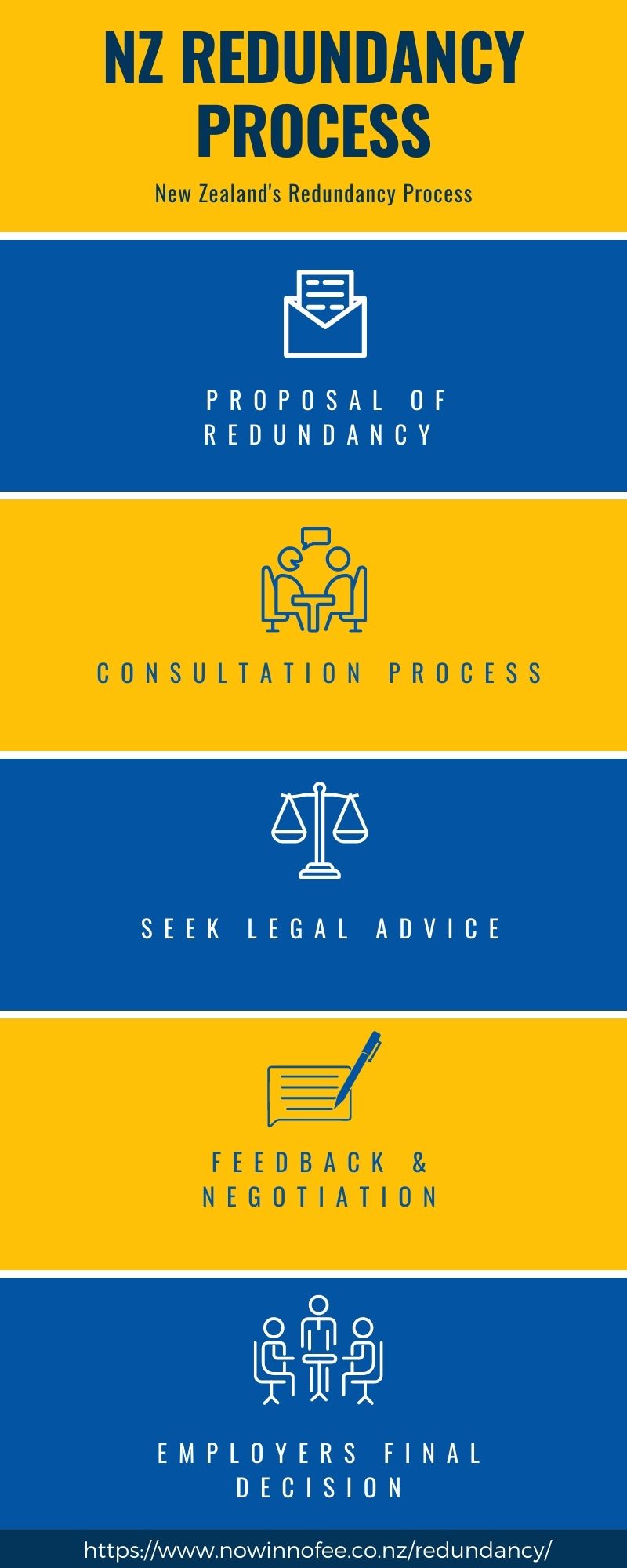What Happens to Redundancy If Company Goes Bust? An Overview to Your Rights
What Happens to Redundancy If Company Goes Bust? An Overview to Your Rights
Blog Article
Examining the Interaction Between Company Redundancy and Organizational Adaptability for Future Growth
In the dynamic landscape of today's company globe, the complex connection between company redundancy and business versatility arises as a crucial factor for sustained development and success. Business typically encounter the challenge of striking a fragile equilibrium between keeping a level of redundancy to alleviate threats and fostering flexibility to respond quickly to the ever-evolving market demands.
Importance of Firm Redundancy
Company redundancy is a crucial aspect that boosts business resilience and mitigates operational dangers. By integrating redundancy procedures within the business structure, companies can better withstand unanticipated disruptions and changes in business setting. Redundancy acts as a tactical barrier, allowing business to adapt and respond efficiently to unanticipated difficulties without jeopardizing crucial procedures.
One secret aspect of the value of firm redundancy is its function in guaranteeing connection throughout times of dilemma. When confronted with abrupt modifications or emergencies, repetitive systems, resources, or personnel can tip in to maintain critical functions and prevent prevalent interruptions. This connection not just safeguards the firm's track record and consumer count on but also lessens financial losses and operational downtime.

Techniques for Business Versatility

Producing versatile organizational structures that allow for quick adjustments to market dynamics and consumer requirements is essential for remaining affordable in a rapidly advancing setting. By proactively identifying potential interruptions and opportunities, organizations can proactively grow and adapt in an ever-changing service landscape.
Harmonizing Redundancy and Versatility
Achieving a harmonious balance in between functional redundancy and business flexibility is vital in navigating the intricacies of a vibrant service environment. Redundancy within a company provides a safety and security net, making sure continuity and security in operations. Nevertheless, an unwanted of redundancy can bring about inadequacies and prevent versatility to altering market conditions. On the other hand, business adaptability enables companies to react without delay to external interruptions and seize new chances. Striking the appropriate equilibrium between redundancy and versatility is a fragile process that requires a deep understanding of the company's goals, sector characteristics, and threat resistance.
To accomplish this balance, firms need to carry out regular assessments of their operations to determine areas where redundancy is essential for threat reduction and where flexibility can drive advancement and development. Carrying out versatile structures, promoting see this website a culture of continuous discovering and enhancement, and motivating open interaction throughout all levels of the organization are crucial techniques to balance redundancy and flexibility efficiently. By aligning these 2 critical components, business can position themselves for lasting growth and success in an ever-changing business landscape.
Study on Adjustment Success
In examining circumstances of successful organizational adaptation, it comes to be noticeable that the interplay between functional redundancy and versatility is a defining consider shaping durable businesses. One compelling study is that of Netflix. Originally a DVD rental solution, Netflix demonstrated amazing versatility by transitioning into a streaming system when digitalization interfered with the sector. By purposefully spending in technology and content production, Netflix not only thrived yet endured in a quickly progressing market. An additional standout instance is Amazon. Beginning as an on-line book shop, Amazon continuously adapted its business design, expanding into diverse industries such as cloud computing and expert system. This versatility enabled Amazon to stay ahead of rivals and fulfill transforming customer demands. Last but not least, Adobe provides a notable image of effective adaptation. The company shifted from marketing software application licenses to a subscription-based version, ensuring repeating earnings streams and improved client involvement. These situation researches underscore the significance of operational redundancy combined with organizational adaptability in promoting long-lasting development and competition.
Structure Durability for Future Development
Structure strength for future growth calls for a strategic positioning of functional processes with market characteristics and arising patterns. Business need to adapt to transforming settings by cultivating a culture of flexibility, technology, and continuous enhancement.
Moreover, fostering strong relationships with stakeholders, such as consumers, employees, vendors, and the community, is crucial for weathering uncertainties and preserving depend on and assistance throughout unstable times. Efficient communication and transparency play a vital role in building durability, as they help assist in and line up assumptions cooperation in navigating uncertainties.
Furthermore, companies require to focus on knowing and growth efforts to upskill workers and furnish them with his response the necessary devices to adjust to transforming circumstances. By buying their labor force, firms can boost their adaptability and dexterity, eventually reinforcing their resilience for sustainable future growth.
Final Thought

In the vibrant landscape of today's service world, the elaborate relationship in between business redundancy and organizational adaptability emerges as an important aspect for sustained growth and success. Companies frequently deal with the difficulty of striking straight from the source a fragile equilibrium between preserving a level of redundancy to alleviate dangers and promoting flexibility to react quickly to the ever-evolving market needs.To attain this balance, firms need to carry out normal evaluations of their operations to identify locations where redundancy is essential for risk reduction and where flexibility can drive development and growth.In final thought, the interplay between firm redundancy and business flexibility is essential for future development. Structure strength via a combination of redundancy and adaptability will ensure that companies are prepared for the challenges of the future.
Report this page